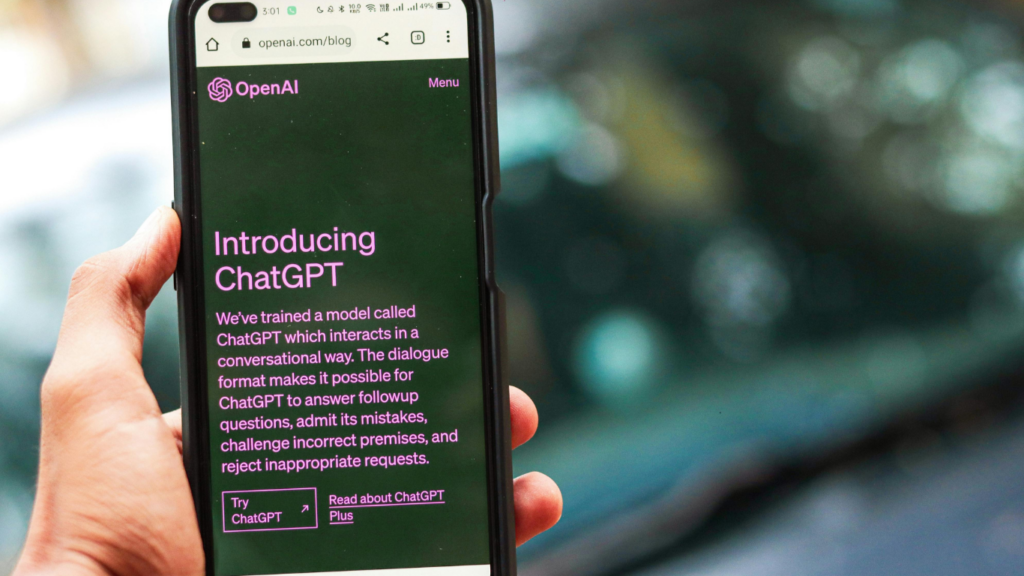As a lifelong learner, I’ve always been fascinated by how technology transforms education. Today, artificial intelligence is at the forefront of this revolution, reshaping not just how we learn but also how we approach homework.
Smart tools are stepping in to personalize education, making it more engaging and accessible for everyone. Imagine a world where students receive instant feedback on their assignments or where learning materials adapt to individual needs.
This isn’t just a dream; it’s happening right now. In this article, I’ll explore how AI is changing the landscape of education, enhancing learning experiences, and empowering both students and teachers to achieve their goals. Let’s dive into the exciting ways these innovations are making a difference in classrooms everywhere.
Overview of AI in Education
AI technology significantly impacts education by personalizing the learning experience. AI tools analyze student data, providing insights that help tailor lessons to individual needs. These smart tools adjust content difficulty based on a student’s proficiency, enhancing comprehension and retention.
AI chatbots and virtual tutors offer instant support, responding to student queries in real-time. By providing immediate feedback on assignments, these tools foster a continuous learning environment. Students benefit from this accessibility, encouraging them to ask questions and seek help without hesitation.
The Impact of Smart Tools on Homework
Smart tools fundamentally change how students approach homework, enhancing engagement and productivity.
Personalized Learning Experiences
Smart tools promote personalized learning experiences by tailoring homework to each student’s needs. AI algorithms assess proficiency levels and learning styles, allowing platforms to customize assignments.
For example, tools like Khan Academy adapt math problems based on a student’s performance, ensuring they tackle challenges suited to their skills. This personalized approach increases motivation and comprehension, as students receive targeted support, allowing for deeper understanding and improved academic performance.
Enhanced Collaboration Among Students
Smart tools also enhance collaboration among students. Platforms such as Google Classroom enable users to work on group projects in real-time, fostering interaction and teamwork. By using collaborative features, students can share feedback and ideas, creating a dynamic learning environment.
Additionally, AI-driven discussion forums encourage peer-to-peer learning, helping students to learn from one another and develop critical thinking skills. This sense of community not only enriches the homework experience but also prepares students for collaborative work in their future careers.
Transformative Technologies in Learning
AI reshapes the educational landscape through various transformative technologies, enhancing how students learn and how educators teach. Two significant components in this transformation are AI-powered tutoring systems and intelligent content creation tools.
- AI-Powered Tutoring Systems: AI-powered tutoring systems provide personalized learning experiences tailored to individual student needs. These systems analyze real-time performance data to adjust lesson plans and offer targeted resources. AI-driven bots, such as chatbots, provide instant assistance, addressing questions and clarifying concepts.
- Intelligent Content Creation Tools: Intelligent content creation tools simplify the development of educational materials. These tools use AI algorithms to generate customized quizzes, worksheets, and study guides aligned with curriculum standards.
Challenges and Considerations
AI integration in education introduces several challenges and considerations that require careful attention.
Data Privacy and Security Issues
Data privacy and security remain crucial concerns as AI systems collect and analyze vast amounts of student data. Unauthorized access to sensitive information can lead to breaches, affecting students’ trust in educational institutions.
Compliance with regulations, such as FERPA and GDPR, mandates strict data protection measures. Educators and administrators must implement robust security protocols, ensuring data encryption and secure storage. Additionally, transparent data usage policies help maintain accountability and safeguard student rights.
Teacher Adaptation to New Technologies
Teacher adaptation to new technologies presents another challenge. Many educators lack sufficient training to effectively use AI tools in classrooms. Professional development programs must focus on equipping teachers with the skills needed to integrate AI seamlessly into lesson plans.
Moreover, some educators may resist change due to concerns about losing their roles to technology. Open dialogue about AI’s supportive role in enhancing teaching rather than replacing educators can alleviate fears.
Cultivating a culture of continuous learning fosters acceptance of smart tools, allowing teachers to harness their full potential in improving education.
Future Trends in AI and Education
Emerging trends in AI and education promise to enhance learning experiences significantly. Personalized learning pathways will continue to evolve, utilizing sophisticated algorithms that adapt content to meet each student’s unique needs. These pathways enable students to learn at their own pace, encouraging deeper engagement and understanding.
Data analytics will play an essential role in educational environments. Schools will increasingly leverage predictive analytics to identify students at risk of falling behind and to implement timely interventions. Real-time data gathering from AI tools will inform curriculum adjustments, ensuring lessons remain relevant and effective.



